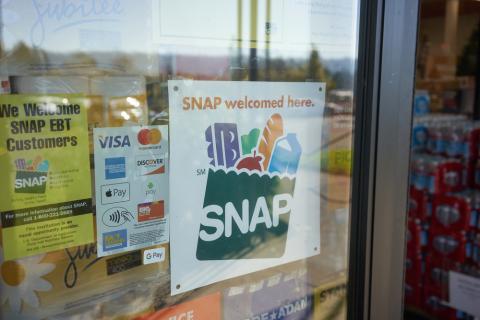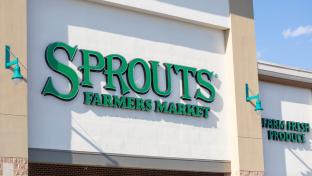Numerator: SNAP Shoppers Curb Refrigerated Items, Seafood, Meat Purchases As Benefit Boosts Expire

Continuing its research into SNAP recipients and their shopping habits, data firm Numerator has published its newest SNAP Trip Tracker to better understand consumer activity.
While grocery trips where SNAP benefits are used tend to be larger than non-SNAP trips, the overall volume of SNAP trips, basket sizes and units per basket have all seen declines following the end of the Emergency Allotment program, which Numerator reported as having the potential to boost private label sales.
With the COVID-19 pandemic-related extra benefits being phased out in Spring 2023, the average spend for a SNAP grocery trip declined by nearly $4 from $36.62 in January 2023 to $32.92 in April 2023. Comparatively, spend for all non-SNAP grocery trips declined by just over $1 in the same time period. From January to April 2023, the average number of items purchased on a SNAP grocery trip declined from 10 to 9.2, and spending per item dropped from $3.66 to $3.57.
To adjust for fewer dollars on their accounts, SNAP recipients are disproportionately dropping categories like refrigerated foods (19% less likely to buy in April 2023 vs April 2022), seafood & fish (18% less likely to buy), canned foods (13% less likely), breakfast foods (12% less likely) and meat (11% less likely). In April 2022, meat appeared in over a quarter (25.8%) of SNAP shoppers’ grocery baskets, compared to 22.9% in April 2023.
Categories that have been least impacted by the decrease in SNAP dollars include beverages, pasta, dairy and produce. Beverages (non-alcoholic) were the least impacted category and appeared in 63.5% of SNAP shoppers' baskets in April 2023 (vs. 64% in April 2022), followed by snacks (37.2% vs. 40.4%), dairy (35.4% vs. 37.8%) and produce (34.4% vs. 36.6%).
Based in Chicago, Ill., Numerator combines first-party data from over 1 million U.S. households with advanced technology.


